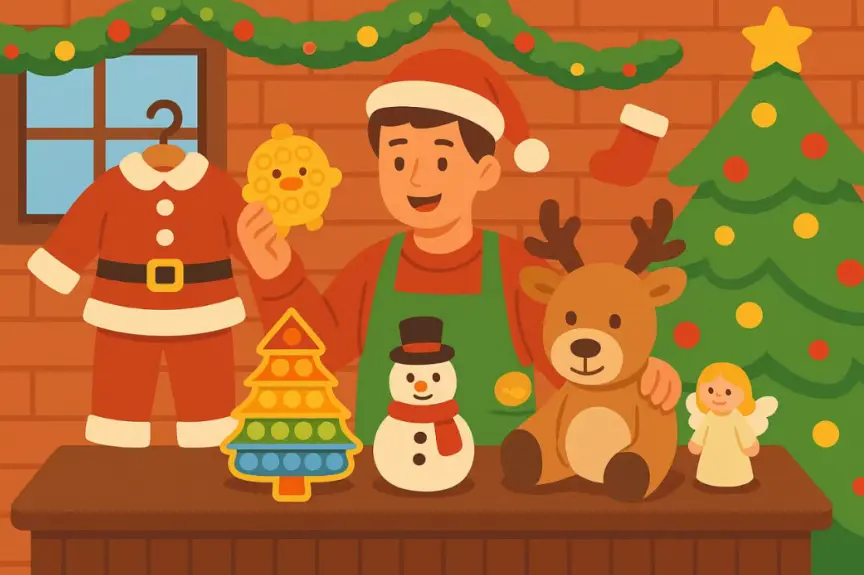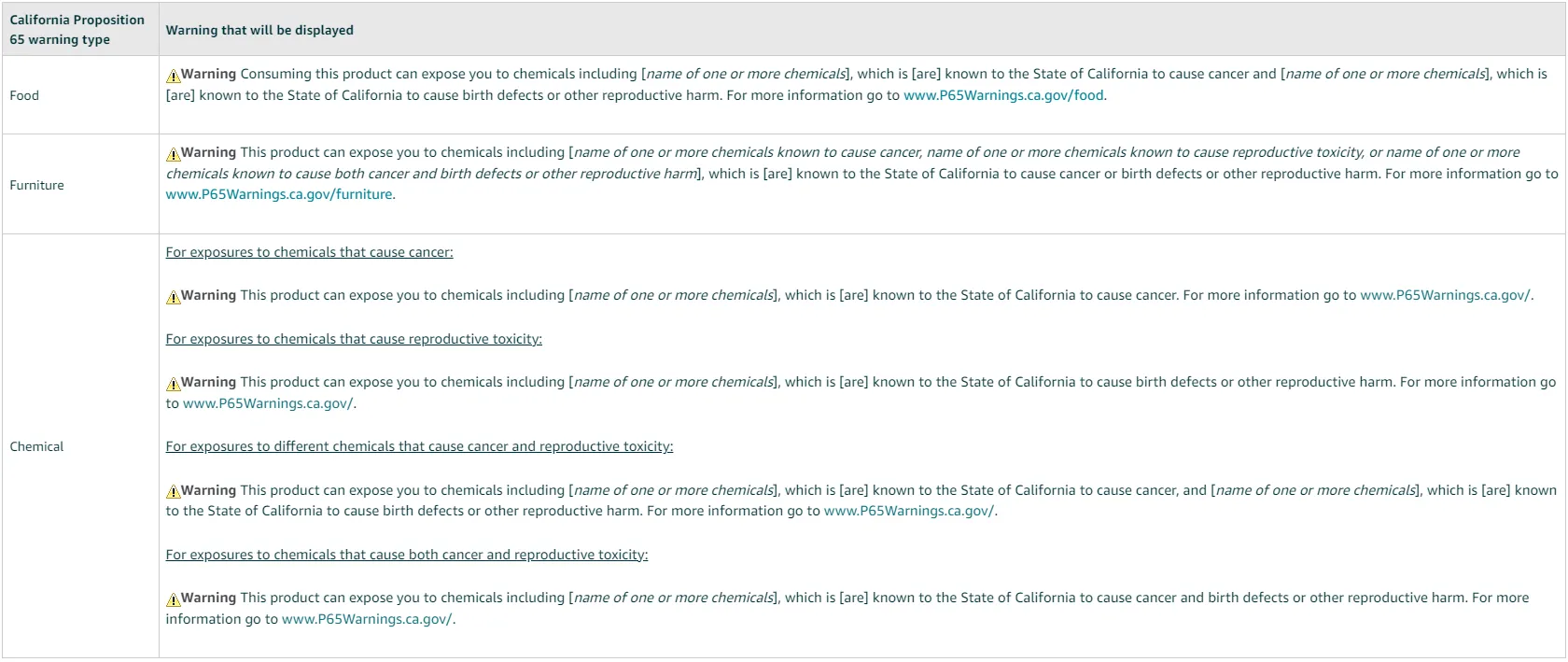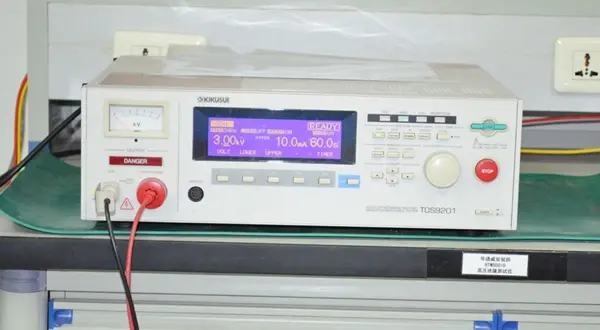
What is the 16 CFR Part 1510 Test?
Applicable Standard:
16 CFR Part 1510 – Requirements for Rattles
What is a Rattle?
A rattle is a type of infant toy that:
1. Is intended to be hand-held,
2. Usually contains small balls or other objects, and
3. Produces sound when shaken.
Not all products that make rattle-like sounds are consideRED rattles. Items such as dolls, stuffed animals, crib mobiles and exercisers, plastic keys on a ring, games and puzzles, and musical instruments like tambourines and maracas are not classified as rattles.
What is the Purpose of the Rattle RegULation?
The rattle regulation aims to prevent infants from choking or suffocating on rattles. The rule requires that:
1. Rattles must remain intact after certain tests, and
2. Their design and construction must prevent them from entering an infant’s mouth and blocking the throat.
How is a Rattle Tested to Ensure it Does Not Cause Choking?
The rattle is placed at the opening of a test fixture (in the position most likely to allow passage through the opening).
If any part of the rattle completely passes through the opening without being pushed or pulled, the rattle fails the test.
Are There Any Additional Requirements for Rattles?
Yes. Rattles must not have sharp points or sharp edges.
(See 16 CFR §1500.48 and §1500.49 – these requirements do not require third-party testing.)
What Additional Requirements Were Introduced by the 2008 cpsia (Consumer Product Safety Improvement Act)?
Rattles must comply with the following under the CPSIA:
Surface Coating Limits
Rattles must not be coated with paint containing more than 0.009% lead.
Lead Content Limits
The total lead content in any accessible part of the rattle must not exceed 100 ppm (0.01%).
ASTM F963 Toy Standard
According to ASTM F963, the sound-producing parts and handle ends of rattles must not be ball-shaped, semi-spherical, or flared like a round horn, to prevent choking hazards.
If such an end fully passes through a supplemental test fixture, the rattle poses a choking risk.
Phthalates Content Limits
Rattles made of plasticized material must not contain more than 0.1% of any of the following eight specific phthalates:
DEHP, DBP, BBP, DINP, DIBP, DPENP, DHEXP, and DCHP.
Testing and Certification
Rattles, like all products designed or intended primarily for children aged 12 and under, must be tested by a CPSC-accepted third-party laboratory (such as JJR Lab in China).
Based on the testing, the domestic manufacturer or importer must issue a Children’s Product Certificate (CPC) certifying compliance with each applicable safety rule.
Tracking Labels
Rattles must have tracking labels or other distinguishing permanent markings on both the product and its packaging.
These should include, to the extent practicable:
1. The source of the product
2. The date of manufacture
3. Batch or run number, or other identifying information for traceability.
Email:hello@jjrlab.com
Write your message here and send it to us
 What Are the Battery Compliance Test Reports?
What Are the Battery Compliance Test Reports?
 Christmas Children’s Products EU & US Complian
Christmas Children’s Products EU & US Complian
 Food Packaging Material Testing
Food Packaging Material Testing
 Cosmetic Product Safety Report
Cosmetic Product Safety Report
 What is Prop 65 Warning?
What is Prop 65 Warning?
 Does RoHS Apply to Packaging?
Does RoHS Apply to Packaging?
 How to Get RoHS Compliance?
How to Get RoHS Compliance?
 How to get EN 62368-1 Test Report
How to get EN 62368-1 Test Report
Leave us a message
24-hour online customer service at any time to respond, so that you worry!




